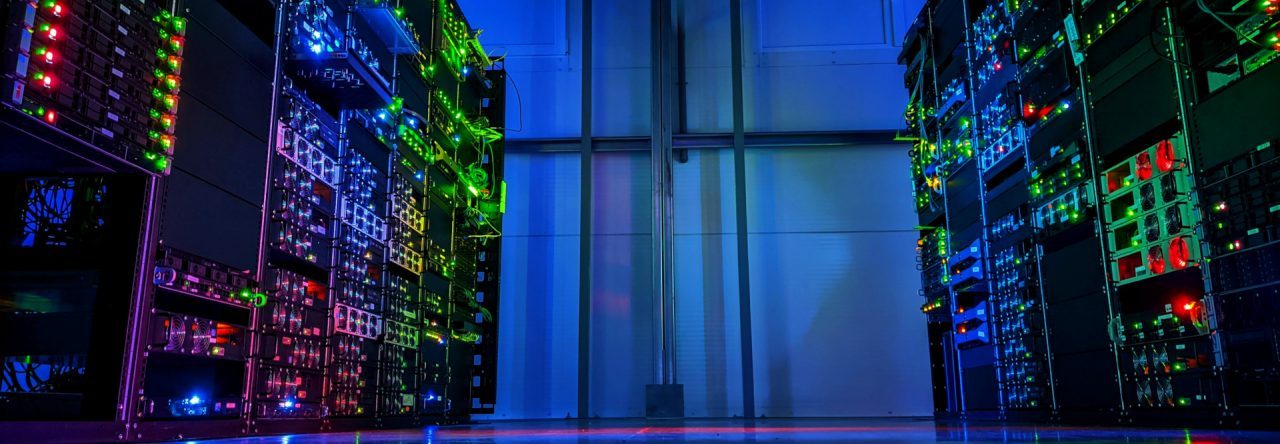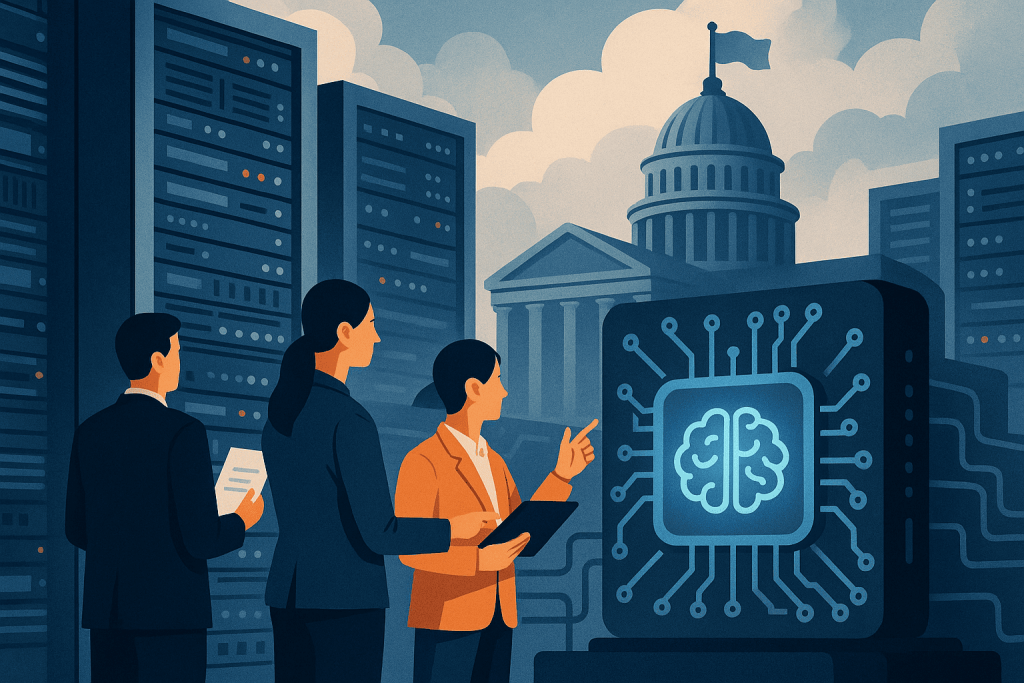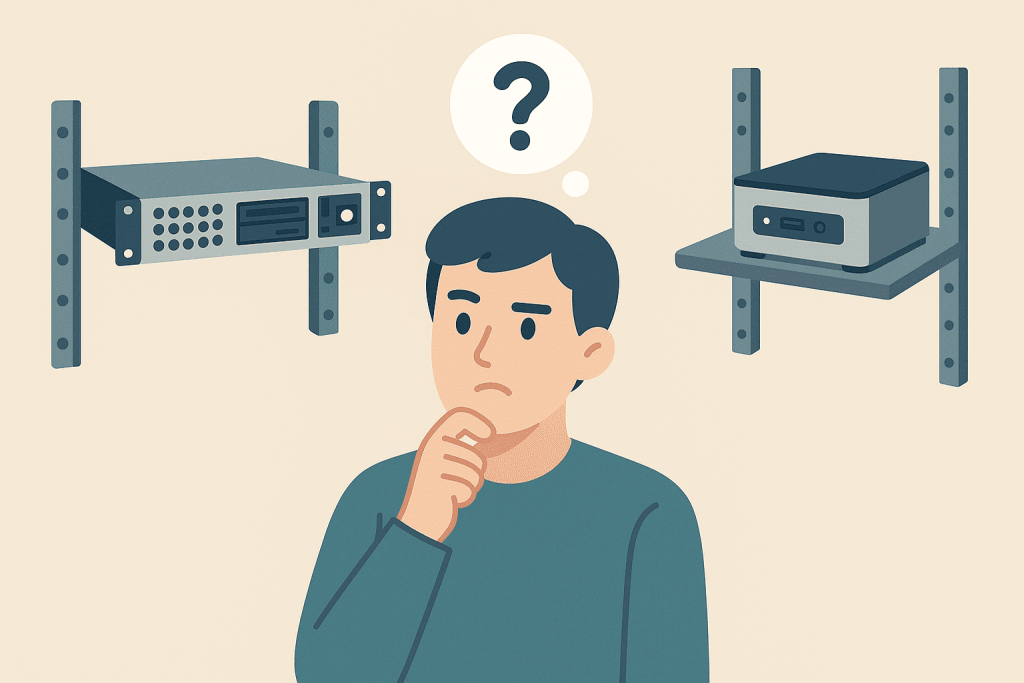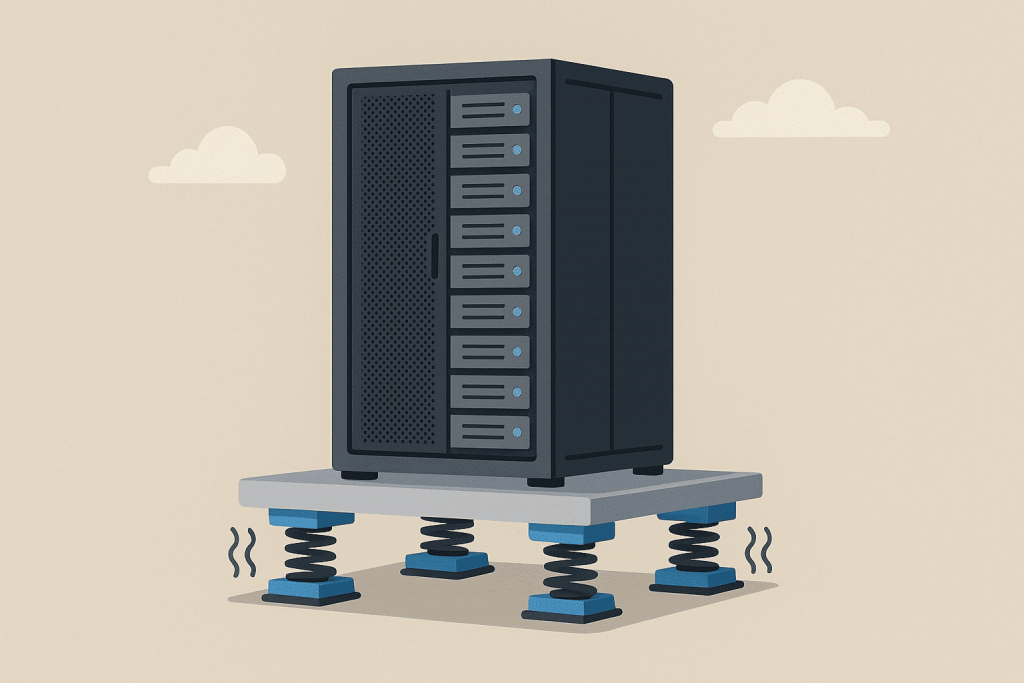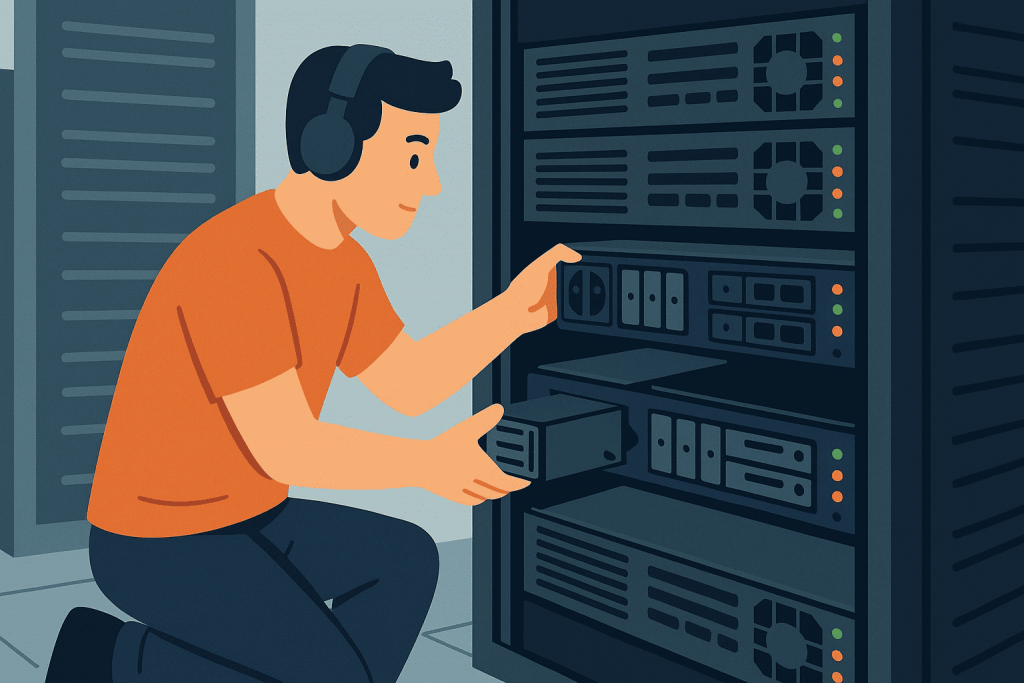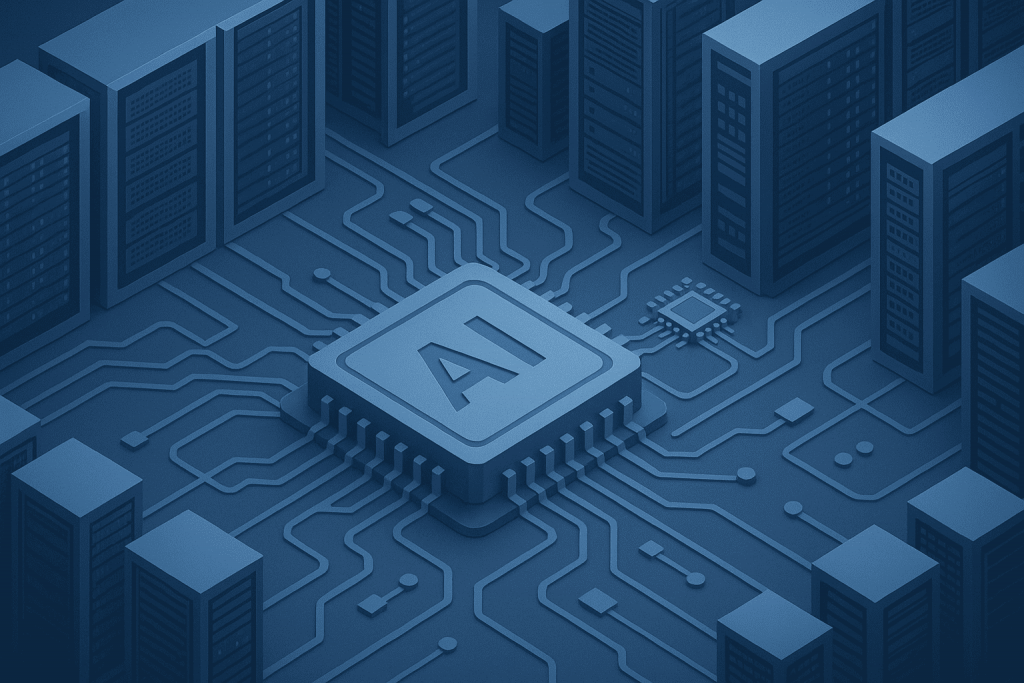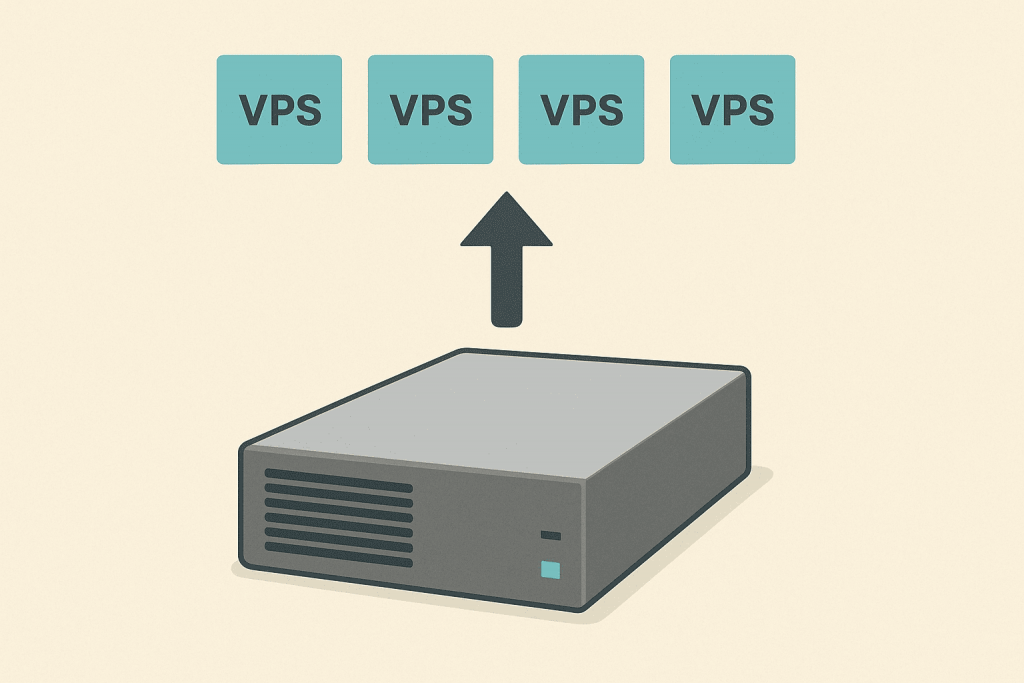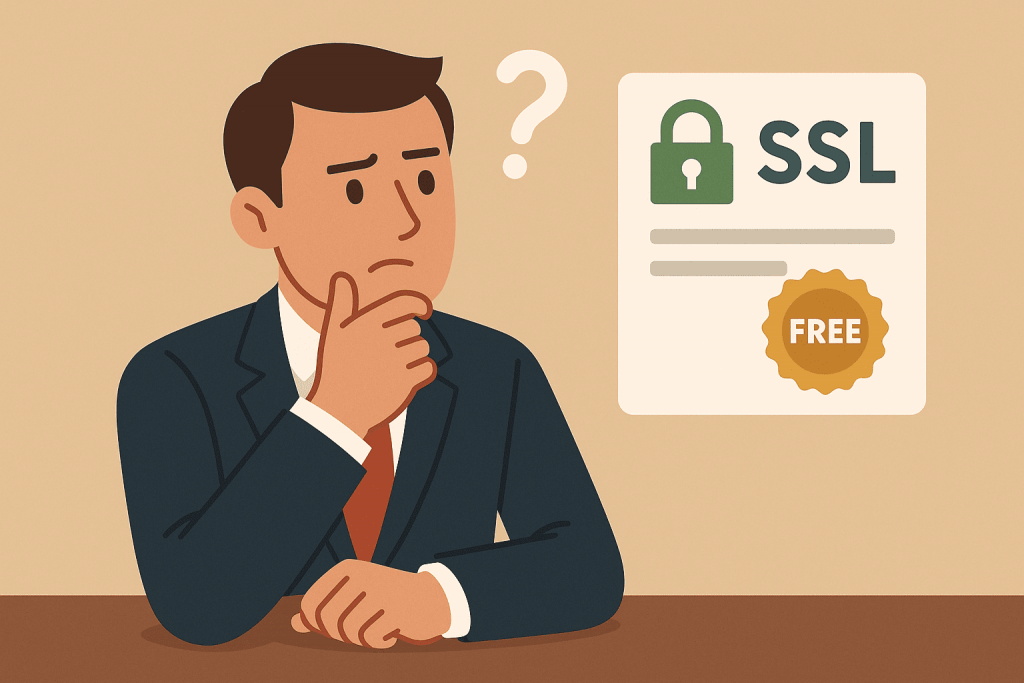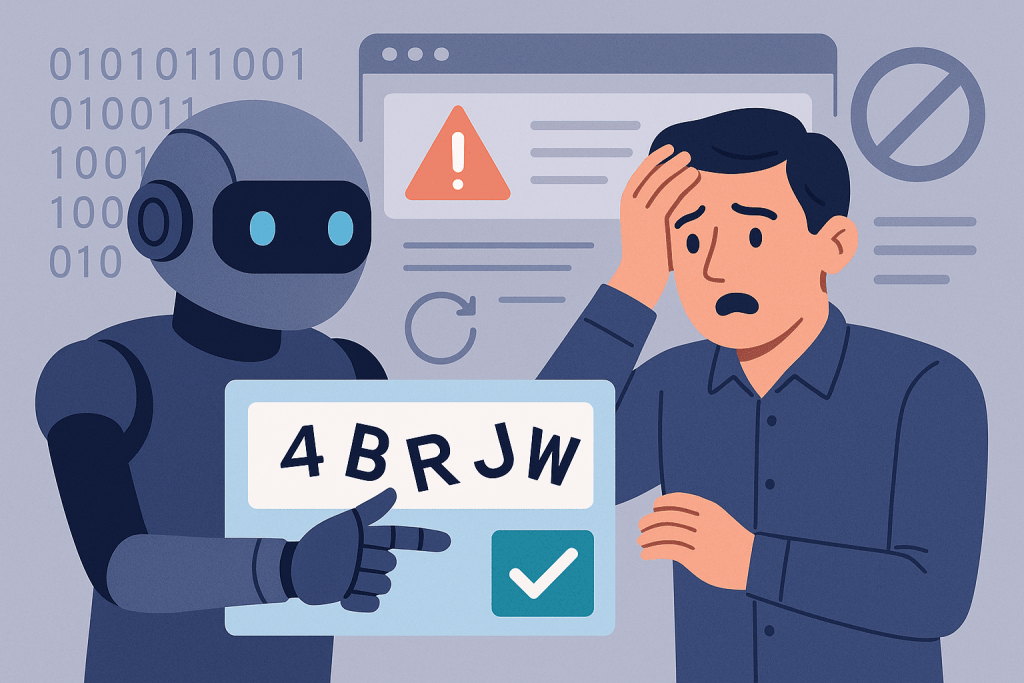
CAPTCHA has long been considered one of the simplest and most reliable ways to protect websites from bots. It required the user to perform an action that automated programs supposedly could not repeat: recognize distorted characters, select images with bicycles, or mark all traffic lights. But the era of artificial intelligence has changed the rules of the game. What seemed impossible for a computer ten years ago is now performed by algorithms faster and more accurately than humans. Website owners are now facing a reality where the familiar CAPTCHA no longer guarantees protection.
